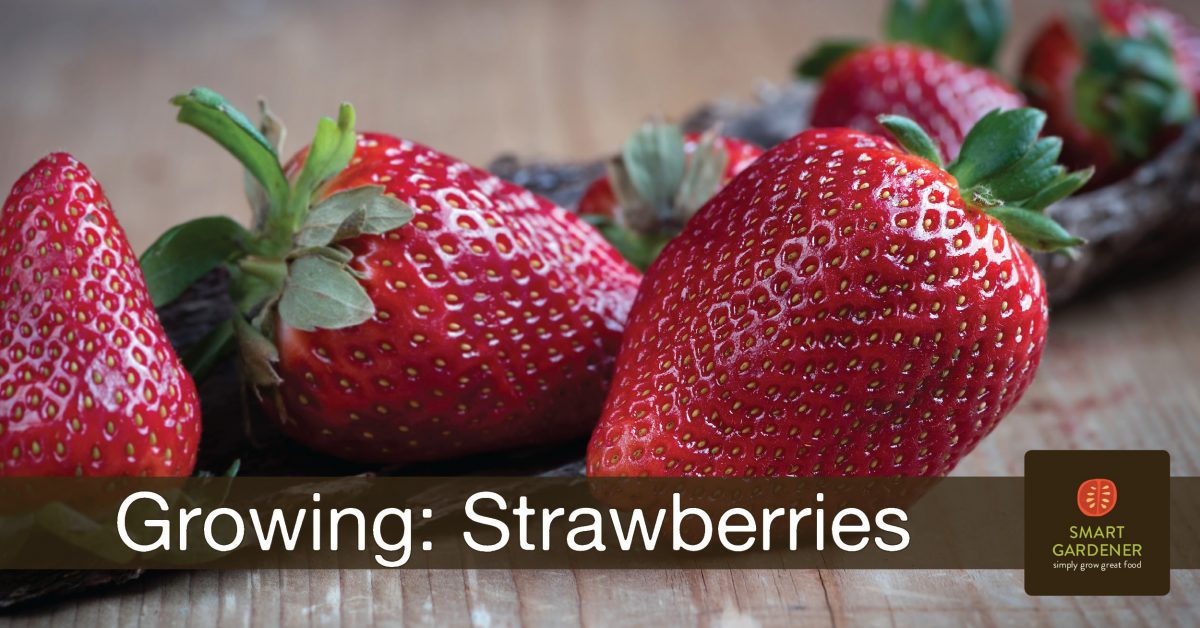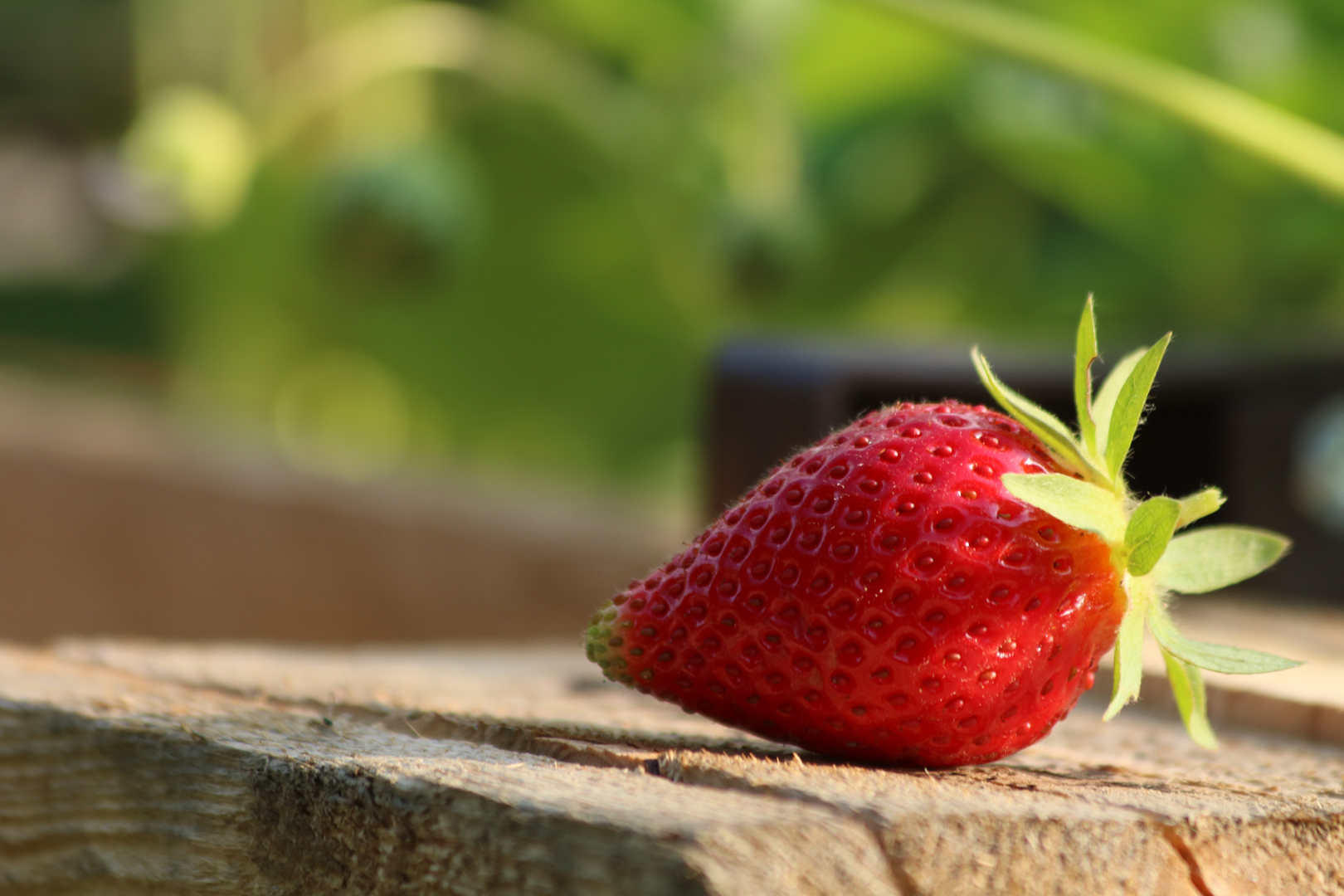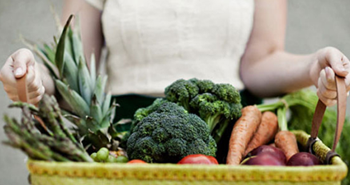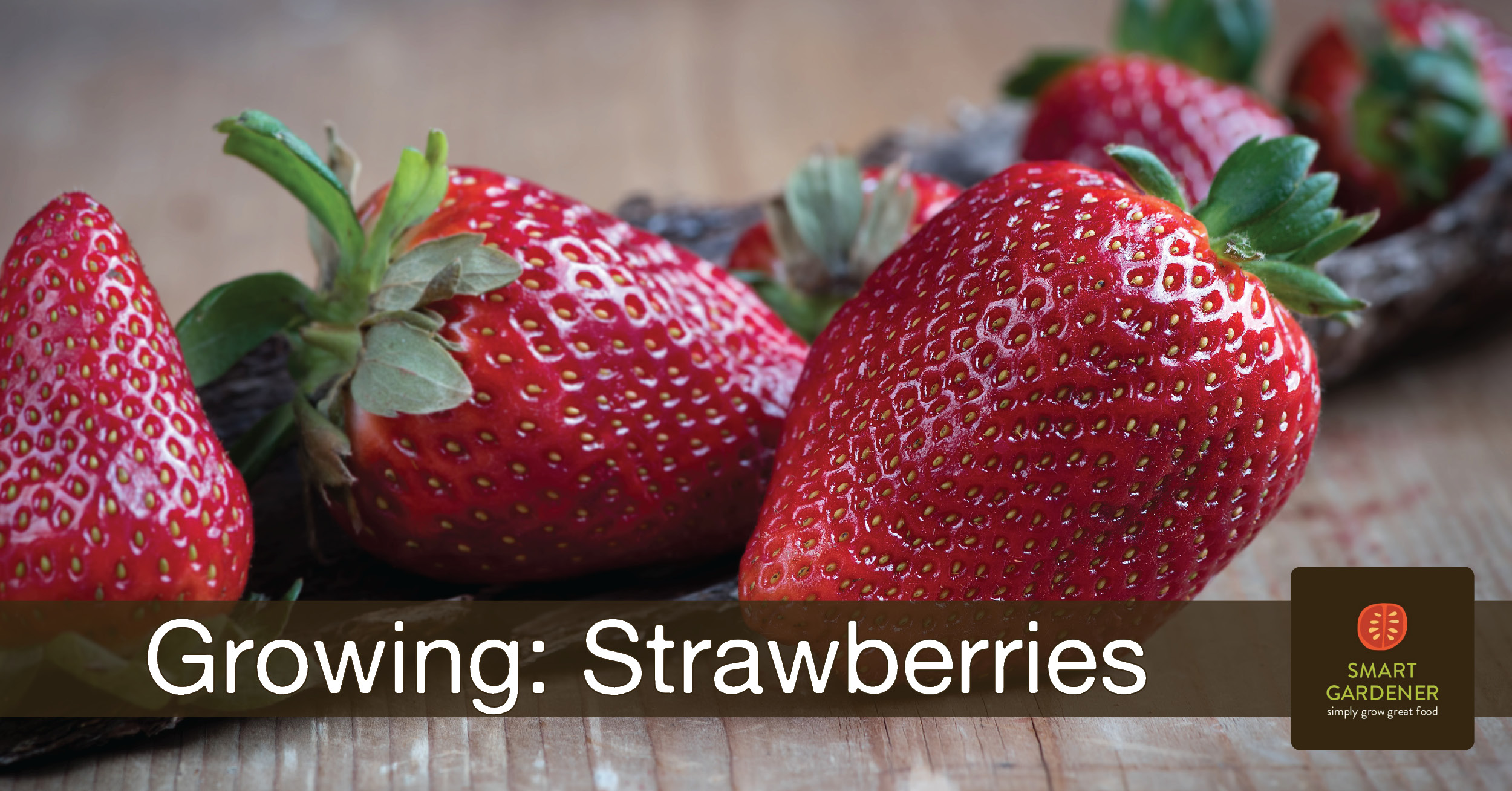 Strawberries are easy-to-grow plants that deserve a space in every garden.
Strawberries are easy-to-grow plants that deserve a space in every garden.
Nothing compares to the taste of homegrown strawberries — the sweetness is like the taste of summer. Just as garden-fresh tomatoes beat the flavor of supermarket tomatoes, the strawberries you grow in your garden will be sweeter, juicier, and more tender than anything the stores sell. That’s because the berries you find in the supermarket are specially bred for their ability to survive being shipped long distances — not for flavor.
The good news is that growing strawberries is quite easy. We’ve got some important tips below on getting started and how to care for and protect your plants to ensure a hearty harvest of these delicious jewels.
Selecting Which Varieties to Grow
There are four types of strawberries you can grow, each with their own characteristics that make them better suited to different gardens. When selecting which strawberries to include in your garden, keep in mind your climate and whether you’d like to have a lot of fruit ripen at once for canning or preserving, or have a steady stream of ripe fruit for enjoying all summer.
 Alpine Strawberries
Alpine Strawberries
Alpine strawberry plants are well behaved in the garden and are remarkably easy to grow. These attractive perennial plants are cultivated strains of wild or woodland strawberries and reportedly were transplanted into European gardens as early as the 12th century. Plants like the Mignonette variety yield a modest summer-long harvests of delicate three-quarter-inch fruit.
Day Neutral Strawberries
The day neutral varieties like Eversweet have a longer production season than the June bearers as they produce several flushes of fruit over the course of the summer. They often don’t produce many runners because their energy is concentrated on fruit production. A planting is usually grown for 3 years or so and is then replaced. These plants aren’t affected by day length.
Everbearing Strawberries
Everbearing strawberries like Seascape produce two to three good harvests of fruit during their growing season, generally from June to August. They do not produce many runners.
June Bearing Strawberries
These were the original garden strawberries and produce a single large crop over a period of several weeks in early summer. You may be able to extend the harvest season to a couple of months by planting several varieties, like Allstar, Chandler, and Honeoye, that ripen at different times. Be aware that they don’t produce a crop until their second season of growth.
Tips for Growing Wonderfully Delicious Strawberries
Soil Preparation
Strawberries prefer a slightly acidic (ideal PH: 5.8-6.5), well-drained, sandy loam with lots of organic matter, but they can grow in most soil types as long as they get a solid 8 hours of full sun daily.
Strawberries are perennial plants so you have to fertilize them heavily before planting; you won’t be able to incorporate anything else into the soil for a while as they’re getting established, so it’s important to prepare your soil before planting. Spread a 3-inch layer of compost or aged manure on the ground and fork it to a depth of 10 inches. Be careful to remove any weeds you come across in the process to prevent any competition for space and nutrients. You want to give them lots of room for root growth.
Plant Care
The good news about growing strawberries is that once the bed is established they can be fairly low maintenance with the main tasks being thinning out excess plants and harvesting. Strawberries are perennial plant in most climates. The first year is spent building roots and greenery, with few fruit. In the late autumn, the plants go into a rest period until early spring when they begin growing again.
Keep in mind that most berries will be produced on plants that grew the previous year, so you want to keep them multiplying and growing vigorously. To do that, be sure to clip off the first set of flowers to encourage your plants to put on more greenery before directing their attention toward making fruit.
Plant Protection
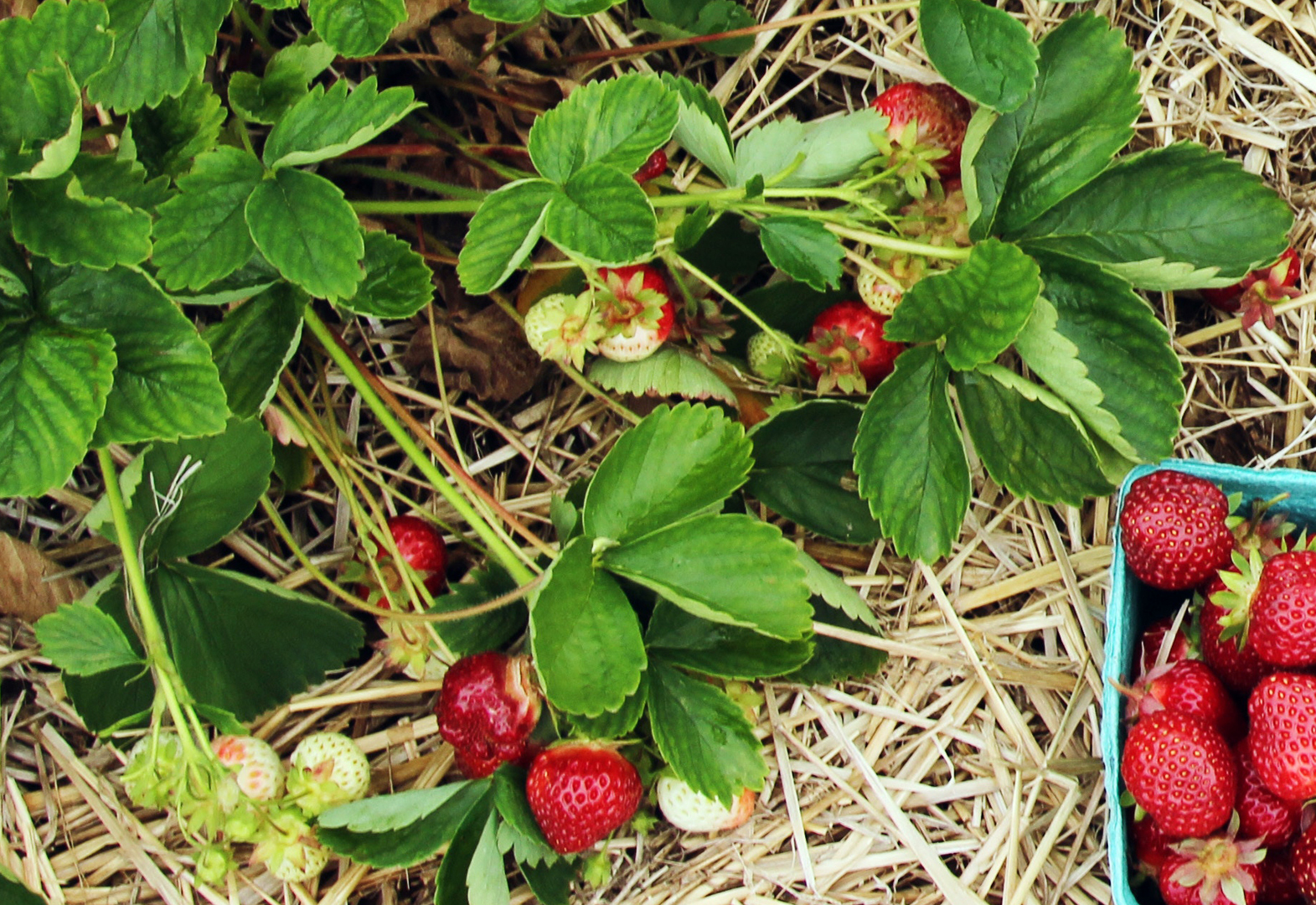 It’s important to spread a layer of mulch around each plant to help the soil retain moisture, reduce weed growth, and protect the developing fruit from damage or disease transferred from the soil when water splashes up. Many gardeners like to use straw mulch, which adds organic material to the soil as it breaks down. The drawback to straw is that it can be an attractive habitat for slugs and snails.
It’s important to spread a layer of mulch around each plant to help the soil retain moisture, reduce weed growth, and protect the developing fruit from damage or disease transferred from the soil when water splashes up. Many gardeners like to use straw mulch, which adds organic material to the soil as it breaks down. The drawback to straw is that it can be an attractive habitat for slugs and snails.
Plastic sheet mulching is common in commercial strawberry growing, and will help control weeds, but needs to be installed carefully to prevent puddles that cause disease, and as the plants grow they will need irrigation as the plastic will block water from soak in naturally.
Strawberry mats are another option. These reusable fabric mats are available in some garden centers and have copper woven in to deter slugs and snails. Because they’re porous water can seep through but reduce splash back onto the developing fruits. You simply cut them to size, and slip them between the plant and the soil.
Many gardeners also use crop covers to protect their berries from birds and other wildlife. Row covers can also be used to protect plants during cool nights, and then again during the heat of summer to protect the fruit from becoming sunburnt.
Pollination
The flowers are pollinated by insects, mostly bees. Most modern strawberry varieties are self-fertile, so you only need to plant one variety, although you may well want several to extend the harvest season, each maturing at different times to have a succession of fruit all summer long.
Seed Saving
Many plants will give good harvests for two to three years. Seed saving isn’t recommended because most strawberries are hybrids and unreliable due to crossbreeding. Fortunately, strawberry plants spread by way of sending out runners, each with a new plant on the end that is identical to the parent plant. Throughout the growing season, it’s best to trim back all but only a few runners to allow the plant to focus on fruit production, keeping only a few daughter plants to eventually replace their aging mothers.
Alternative Growing Options
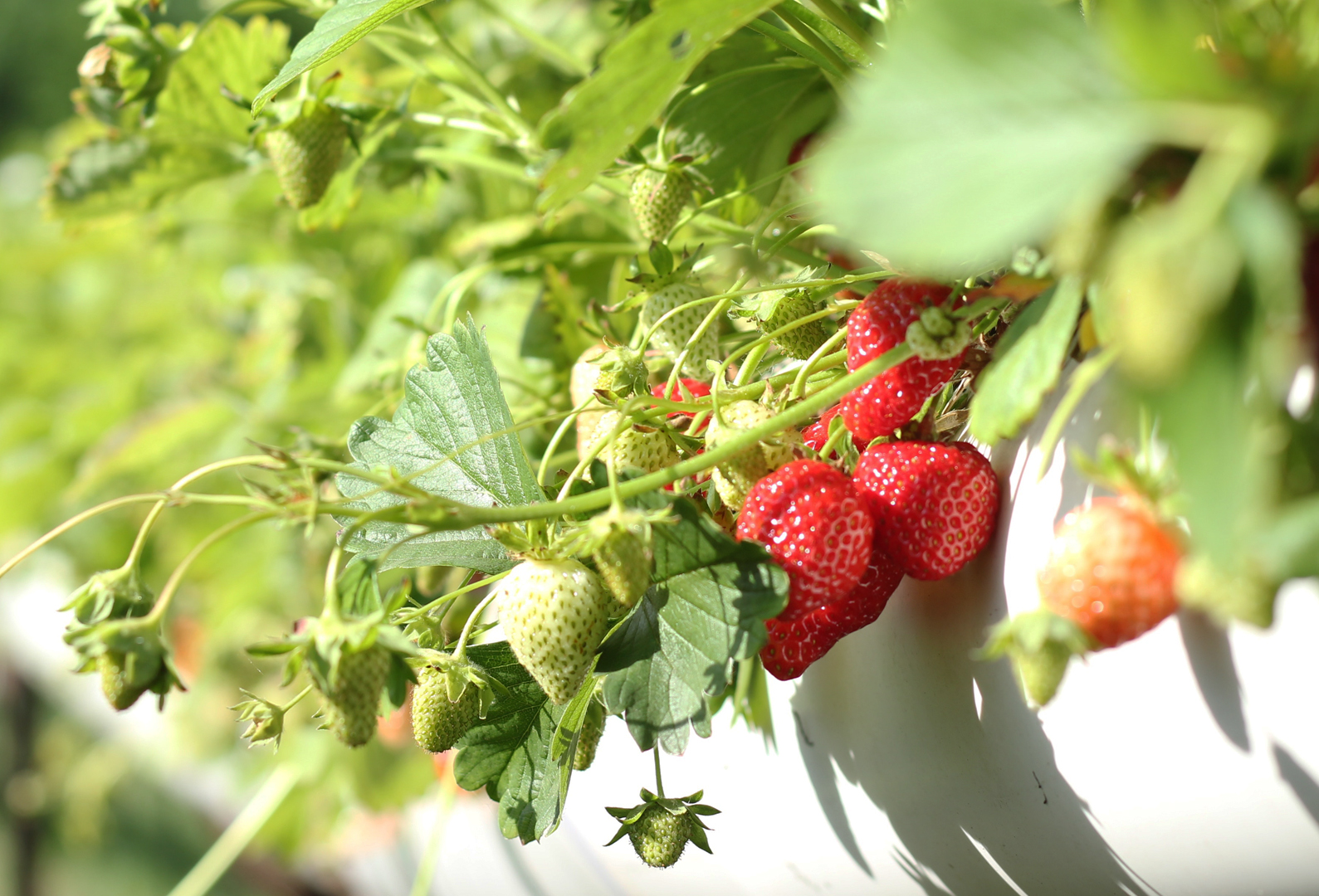 Growing as an Annual
Growing as an Annual
If winter doesn’t provide enough cold weather for your strawberry plants to rest then they won’t really be able to thrive. In these situations your best option is to grow them as an annual, planting in fall and harvesting the following summer (after the harvest the plants are removed). This can work out pretty well (many big commercial growers operate like this) but obviously it requires more work than perennial growing.
Container Gardens
Strawberries are excellent container plants. Many garden centers sell specialized strawberry containers — an open top ceramic or clay pot with several smaller openings around the sides. They also work well in hanging pots, window boxes, grow bags and vertical gardening containers.
Smart Gardener makes it easy to start a garden. We can help you decide which varieties of strawberry will work best in your garden and give you the advice you need to get started, and then send you weekly to-dos to keep you on track!

